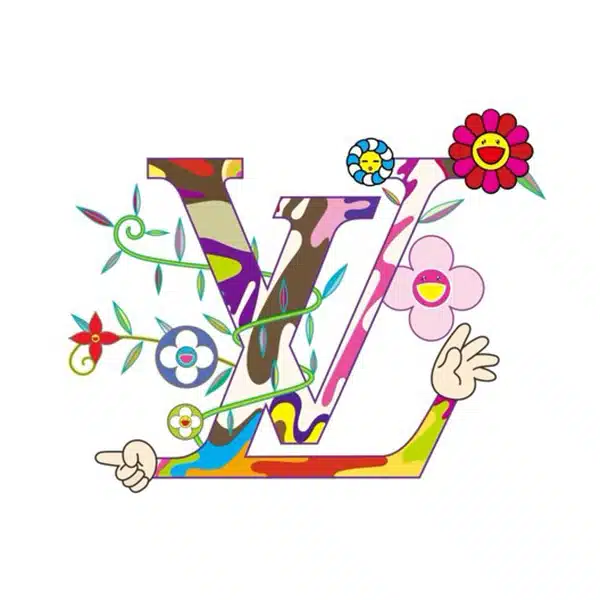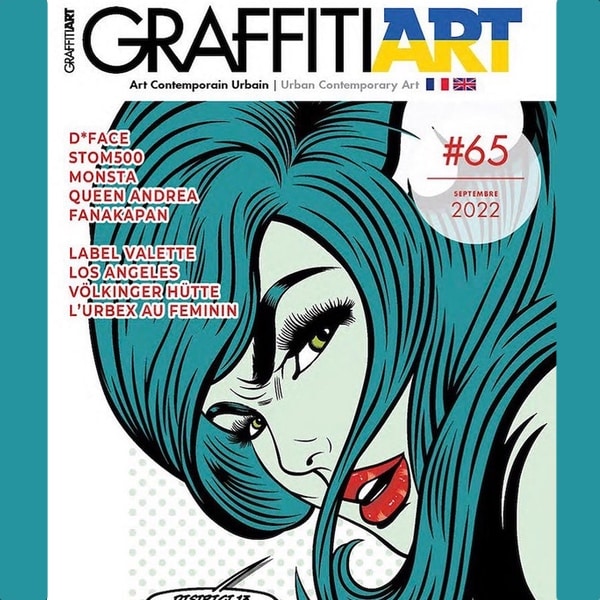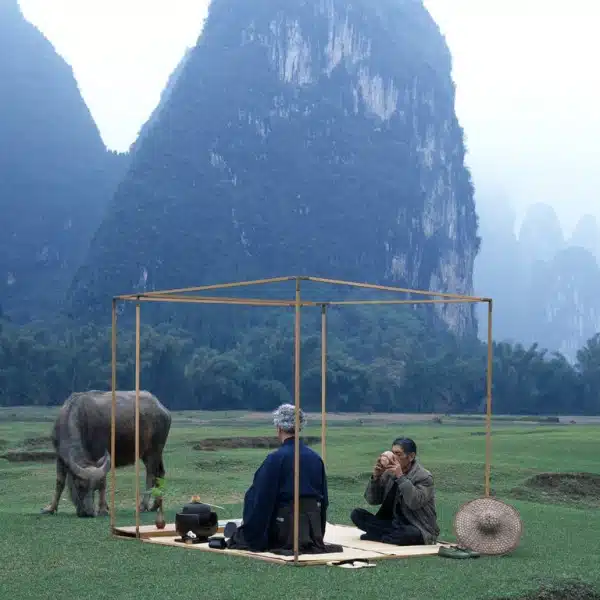
Artist Casper Faassen creates work that oscillates two worlds. Through his Asia Series, the Netherlands-based creative fuses photography and painting to create works that, while featuring real humans and ceramic objects, give off the impression that they are fleeting figments of our imagination.
Faassen has a deep interest in the traditional culture of Japan. The concept of Mono no Aware has been particularly influential in the development of Asia Series. Mono no Aware translates to “a sensitivity to ephemera,” and it's a term communicating the wistful awareness of impermanence in life. In accepting the inevitability that all things will pass, it is a reminder for us to cherish—and make the most of—the moments when they are in “full bloom.”
The pieces in Asia Series are soft and out of focus. The subtle imagery is the result of Faassen’s mixed media approach. His blurred subjects aren’t photographed with a low depth of field. Instead, he places the models, blossoms, and ceramic vessels behind a frosted sheet of acrylic, also known as setasand. The photographs are printed on this same matte material, and Faassen applies thin layers of oil and acrylic paint to the images. Each contemporary piece has a crackled surface as though they have faded in the light. This addition suggests the feeling of passing time, as well as the Japanese art of kintsugi, in which cracked ceramics are repaired with gold to celebrate its history.
We spoke to Faassen, whose work we were fortunate to first view at The Photography Show 2019. Scroll down for My Modern Met’s exclusive interview with this incredible artist.
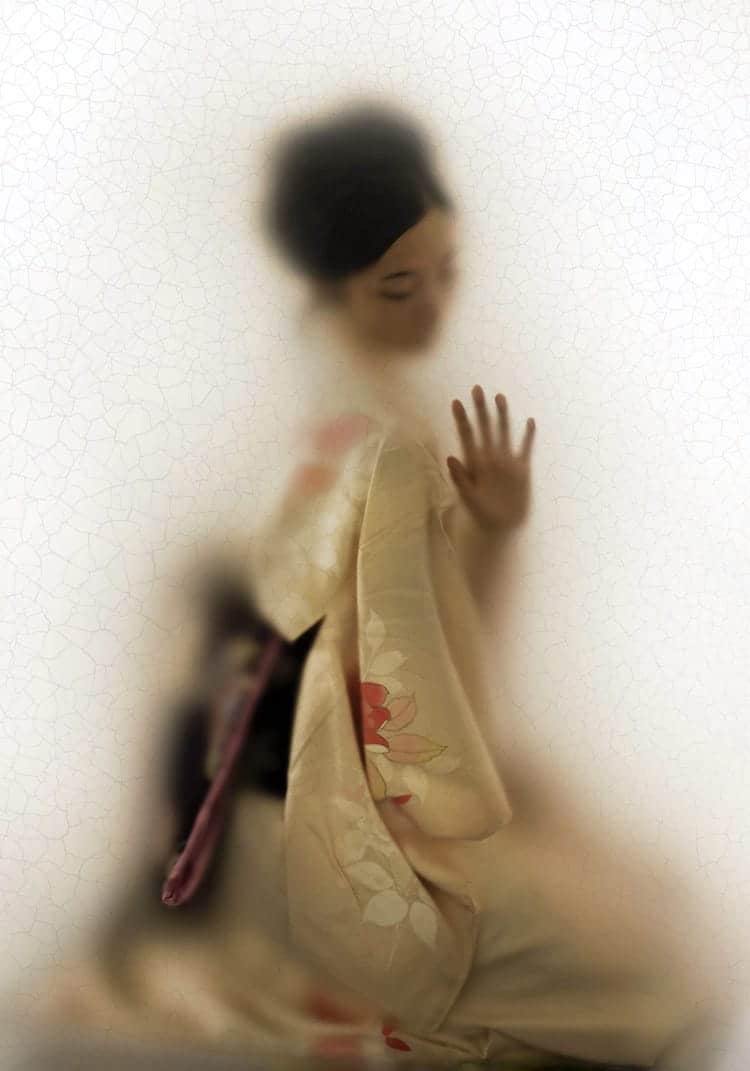
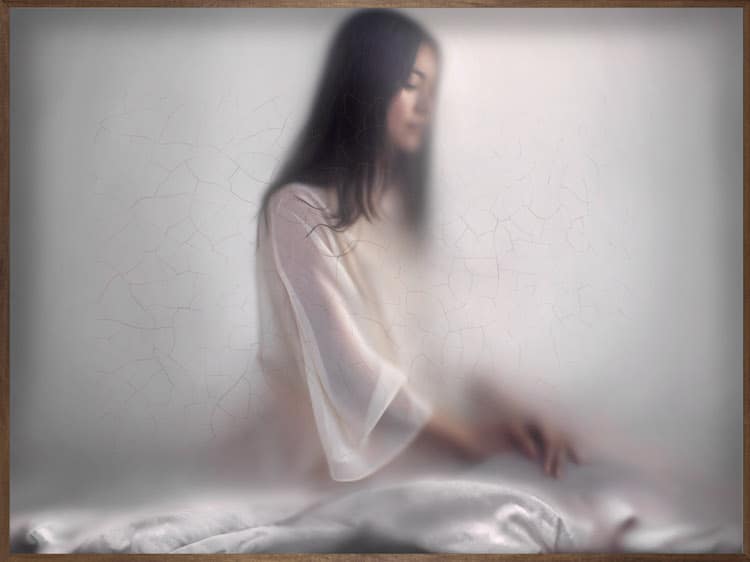
What first interested you about Asian culture, specifically Japanese culture, and what led you to focus on it in your work?
I’ve been attracted to Japanese woodblock prints since I started frequenting art fairs like The European Fine Art Fair [TEFAF] or PAN Amsterdam. I also liked Japanese architecture with their subtle and elegant balance of materials and transparencies. And if something interests or inspires me, I try to find out why and if I can understand it better by translating it into my own visual language.
Is there a specific part of the culture that you identify with or feel a kinship with?
As I dug deeper into Japanese culture, I learned that there were many aspects I felt drawn towards. Introspection, focus, appreciation, dealing with time, all elements I thought I could utilize.
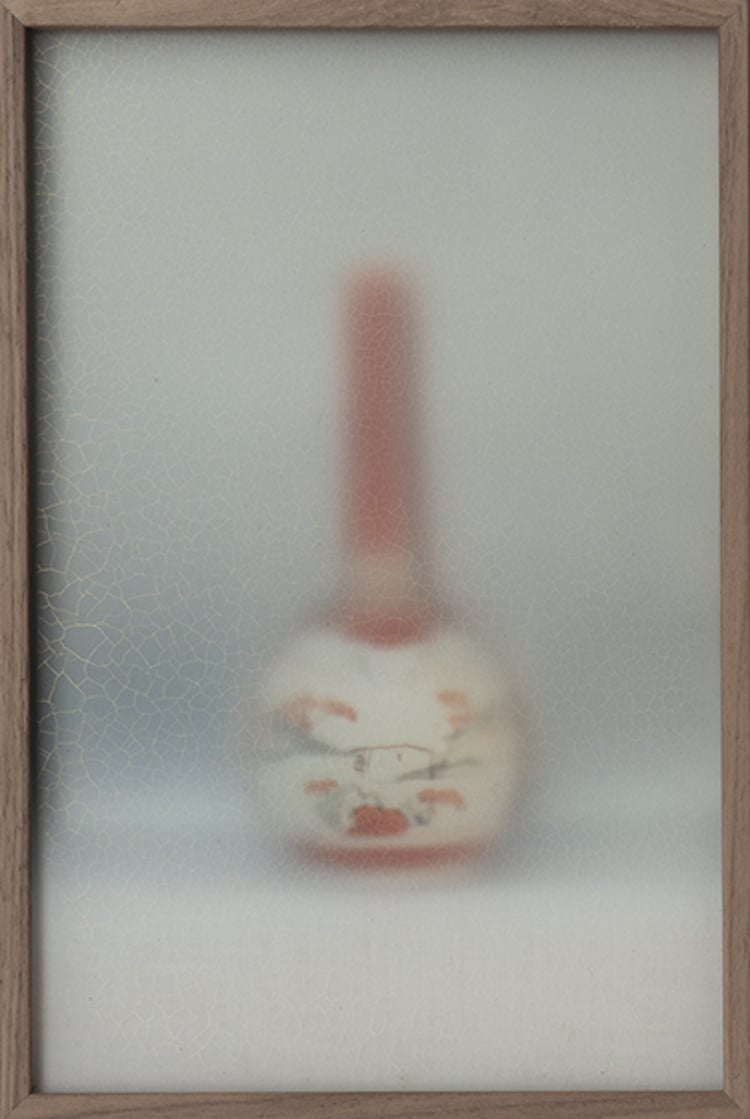
Your work utilizes photography and painting techniques. Would you say your work is more painting or photography?
Right now the main layer in my work consists of a photograph. But it is printed on a transparent medium so the background becomes part of it. In most works, the top layer is crackling you normally find on old oil paintings. It’s a direct reference to my painting background but also to time and decay, contrasting beauty. But overall I want to stay away from labeling works like paintings, photographs, or other categories. If I think my idea suits another medium, I use that. Working with dancers, I feel I need to use more film. So I’m working in that direction now as well.
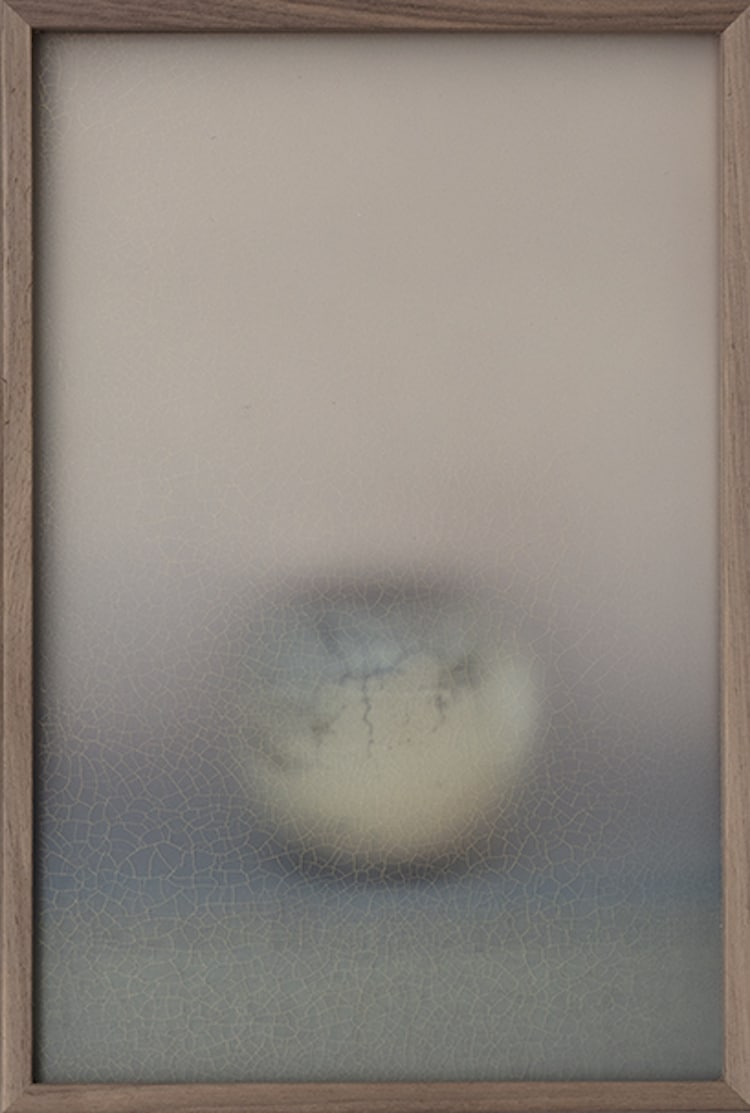
You have a unique way of making your subjects appear out of focus. Can you describe the process and what inspired it in the first place?
I used my camera to make sketches of my models for paintings. At some point, I thought these photos had a quality of themselves and I started printing them. I didn’t like the recognizability and directness that you don’t experience when looking at paint on canvas. So I started using filters between me and my subject, literally putting myself outside of the interaction. Also, I printed the images on the same transparent and matte mediums I used as “filters,” to create even less contrast. So the photographs are taken through stained glass or matte setasand or fog.

The Asia Series has a softened aesthetic—as if these images are but a fleeting memory. How do the objects, the model's poses, and the crackled surface play into the idea of Mono no Aware?
Mono no Aware is the subtle melancholic appreciation of the fleeting of time. We realize the blossom is here only for a short while, so we embrace that moment without regret. I think that’s the positive version of our Dutch 17th century Vanitas that teaches us that all possessions are useless, flowers will die and you better live a quite humble life.
Photographers and painters freeze a moment in time, stop the dance or eternalize a blossom. I emphasize that idea with my layer of crackling.
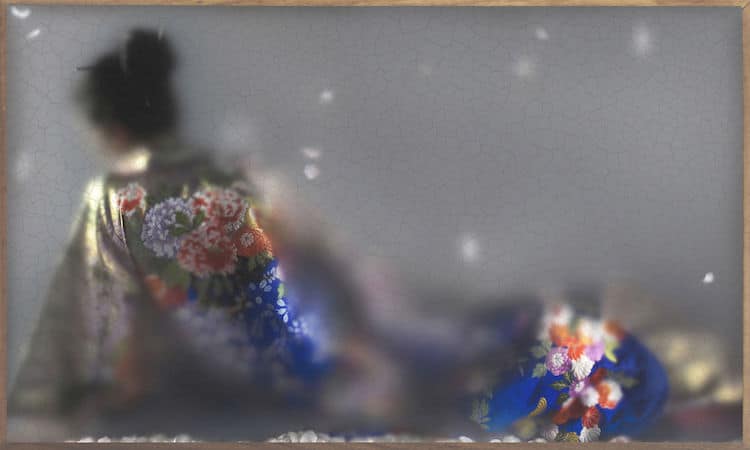
What are you working on now—anything exciting you can share?
Another beautiful philosophy is kintsugi. Broken ceramics are repaired using gold to emphasize the break lines. I love that idea and I love Morandi. So right now I’m working on a combination of distant, desaturated still lifes, finished off with a layer of golden crackling.
Besides that, I hope to finish an installation soon in which I aim to eternalize dance and music. Too many things to process in such a short time. I guess I don’t quite master the mindful Japanese way of dealing with that yet.
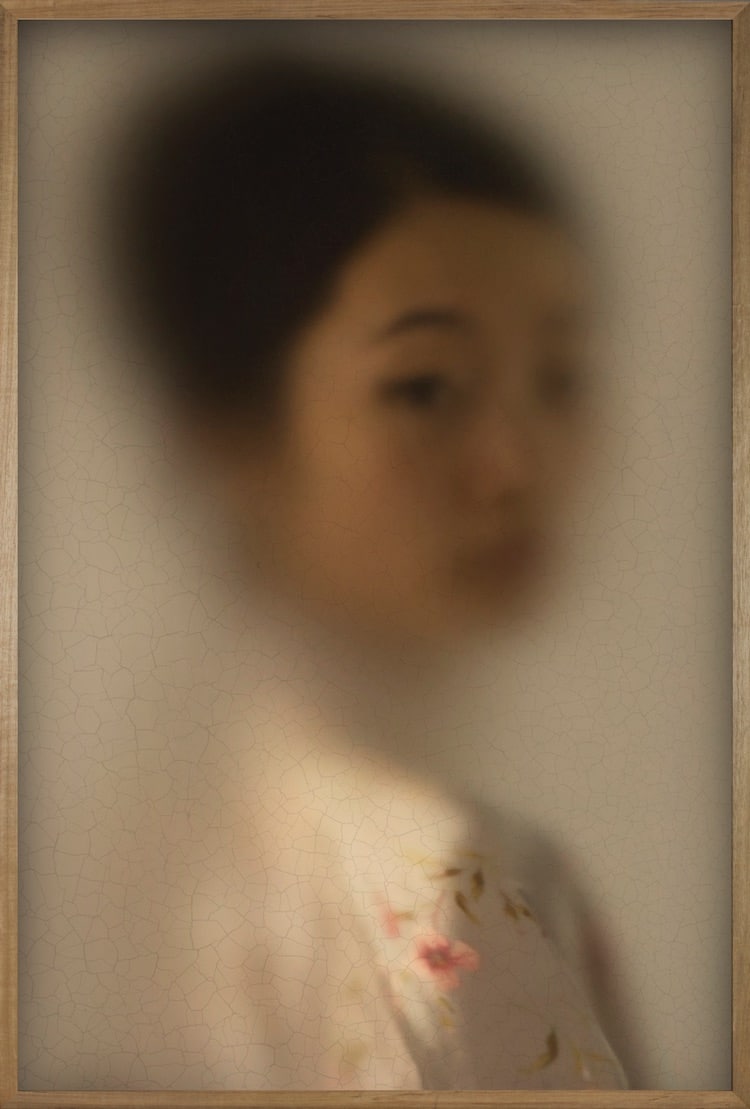
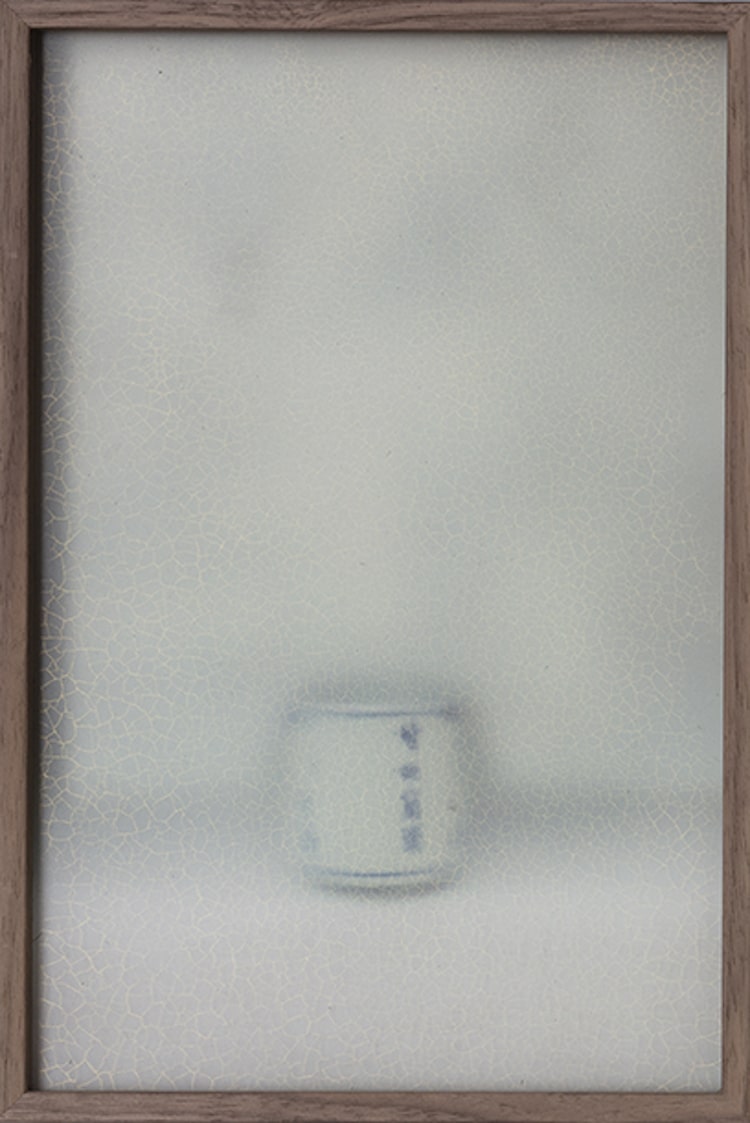
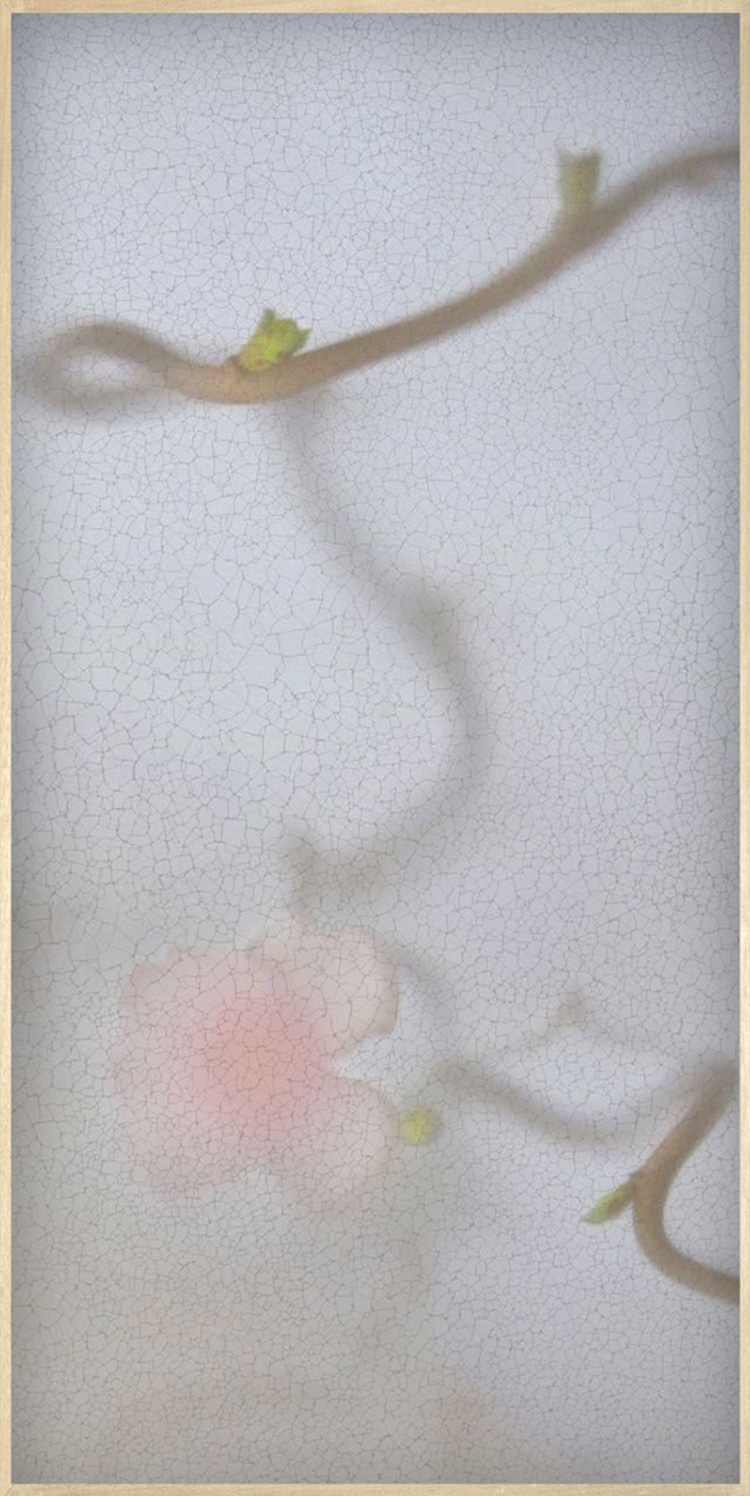
Casper Faassen: Website | Instagram | Facebook
My Modern Met granted permission to feature photos by Casper Faassen.
Related Articles:
Artist Uses Japanese Art of Kintsugi to Turn Cracked Eggshells into Delicate Works of Art
Layered Mixed Media Paintings Illustrate the Interconnectedness of the Universe
Golden Paintings of Elegant Women Draw Inspiration From Artist’s Own Mixed Heritage













































































